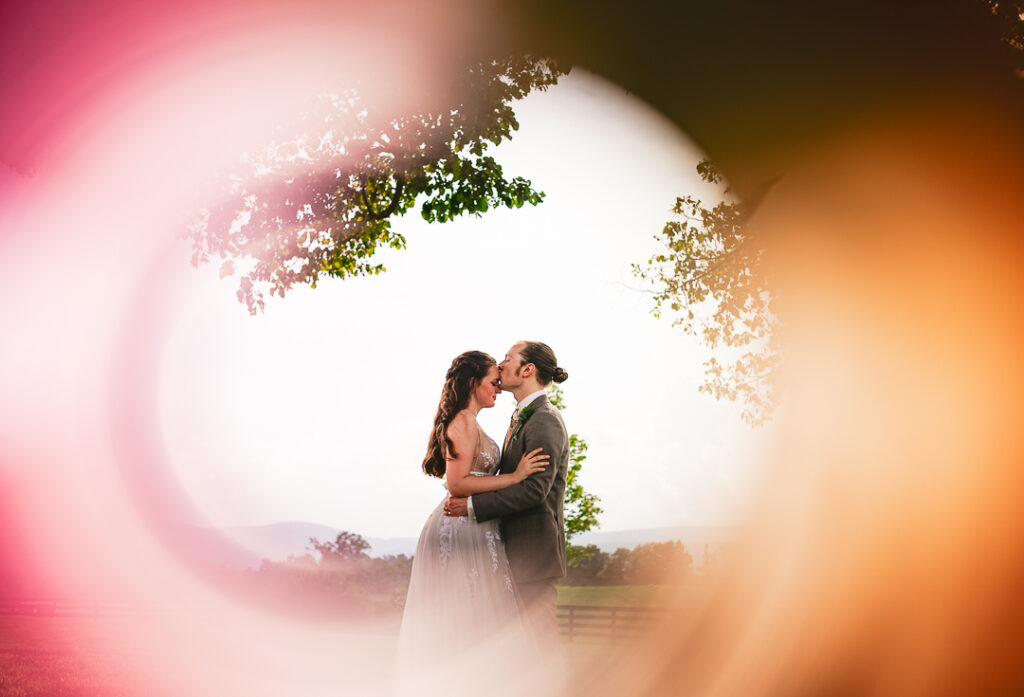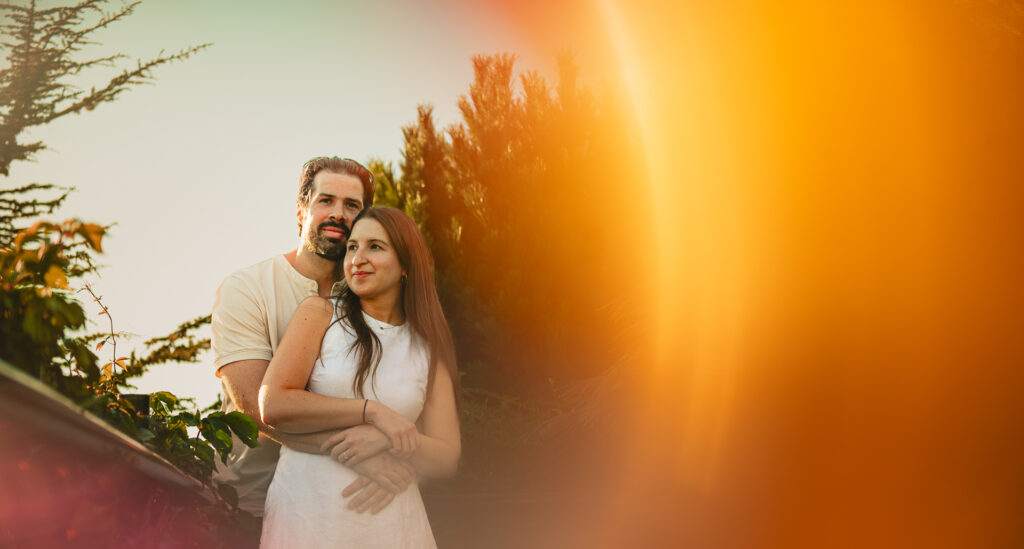Elevate your wedding photography experience by incorporating the mesmerizing ‘Ring of Fire’ technique. This creative approach can add an element of magic to your photos, making them stand apart from the usual wedding portraits.
What is the ‘Ring of Fire’ Technique?
The ‘Ring of Fire’, popularized by renowned photographer Sam Hurd, is a unique photography technique that uses a small piece of copper or aluminum tube to create an appealing light flare effect in your images. It’s a simple yet powerful trick that can transform an ordinary photo into an extraordinary one. This technique has been adopted by photographers worldwide, including us at Ethan Film and Photo, to create stunningwedding photos that stand a class apart.
Essential Supplies for Ring of Fire Photography
Before embarking on your journey to master the ‘Ring of Fire’ technique, it’s essential to gather the right supplies.
Copper or Aluminum Tube: The most crucial element of this technique is a small piece of cylindrical piping, ideally of copper or aluminum. The tube should be about 1-2 inches long and have a diameter of approximately 1-2 inches. You can easily find these tubes at your local hardware store or on online platforms like Amazon.
Appropriate Lens: The choice of lens significantly affects the outcome of this technique. A lens with a focal length less than 50mm might not give optimal results. An 85mm lens is usually recommended for the best effects.
Light Source: A light source is mandatory for this technique to work. This could be natural light, like the sun, or an artificial light source like Christmas tree lights or camera flashes.
The Process: Creating the Ring of Fire Effect
Once you have your supplies ready, it’s time to dive into the process of creating the ‘Ring of Fire’ effect.
Position Your Subjects: Start by positioning your subjects against a plain or visually appealing backdrop. The subjects can be the couple, their family, or even inanimate objects like wedding rings or decorations.
Set Your Camera Settings: Adjust your camera settings according to the available light and your desired outcome. Remember, your aperture should be wide open to ensure the best flare and depth.
Place the Tube and Adjust the Angle: Hold the tube against your camera lens, making sure not to scratch the lens. Point the tube towards the light source and adjust the angle until you catch the light perfectly. This might require some trial and error, but the result is worth the effort.
Capture and Experiment: Once you’ve caught the light, start shooting. Experiment with different angles and positions to create a variety of effects.
Pro Tips for Ring of Fire Photography
To make the most out of the ‘Ring of Fire’ technique, consider the following tips:
Time of Day: This technique works best when the sun is low or when it’s filtered through leaves. The soft light during these times lights up the ring beautifully without overexposing it.
Using Off-Camera Lighting: For indoor shoots or for more controlled lighting, you can use off-camera flashes. This allows you to get creative with the lighting and can be perfect for capturing unique first dance photos.
Tube Holder: To avoid your fingers appearing in the photos, consider creating a simple holder for the tube using jewelry wire or a similar material. This can help you manipulate the tube as required without it being visible in the photos.
Conclusion
The ‘Ring of Fire’ technique is a fantastic way to add a unique touch to your wedding photography. It’s easy to master and can take your creative wedding photos to the next level.
At Ethan Film and Photo, we specialize in creating unforgettable wedding photos using this technique and many others. We’re based in Virginia and are ready to capture your special moments with warmth, attention to detail, and a touch of creativity. Contact us today to learn more about our services and how we can help make your big day even more memorable.
The mesmerizing ‘Ring of Fire’ effect in wedding photography. Photo by Ethan Film and Photo.
Note: Always remember to practice and experiment with new techniques before using them in professional shoots. This ensures you are comfortable with the method and can achieve the desired results consistently.


